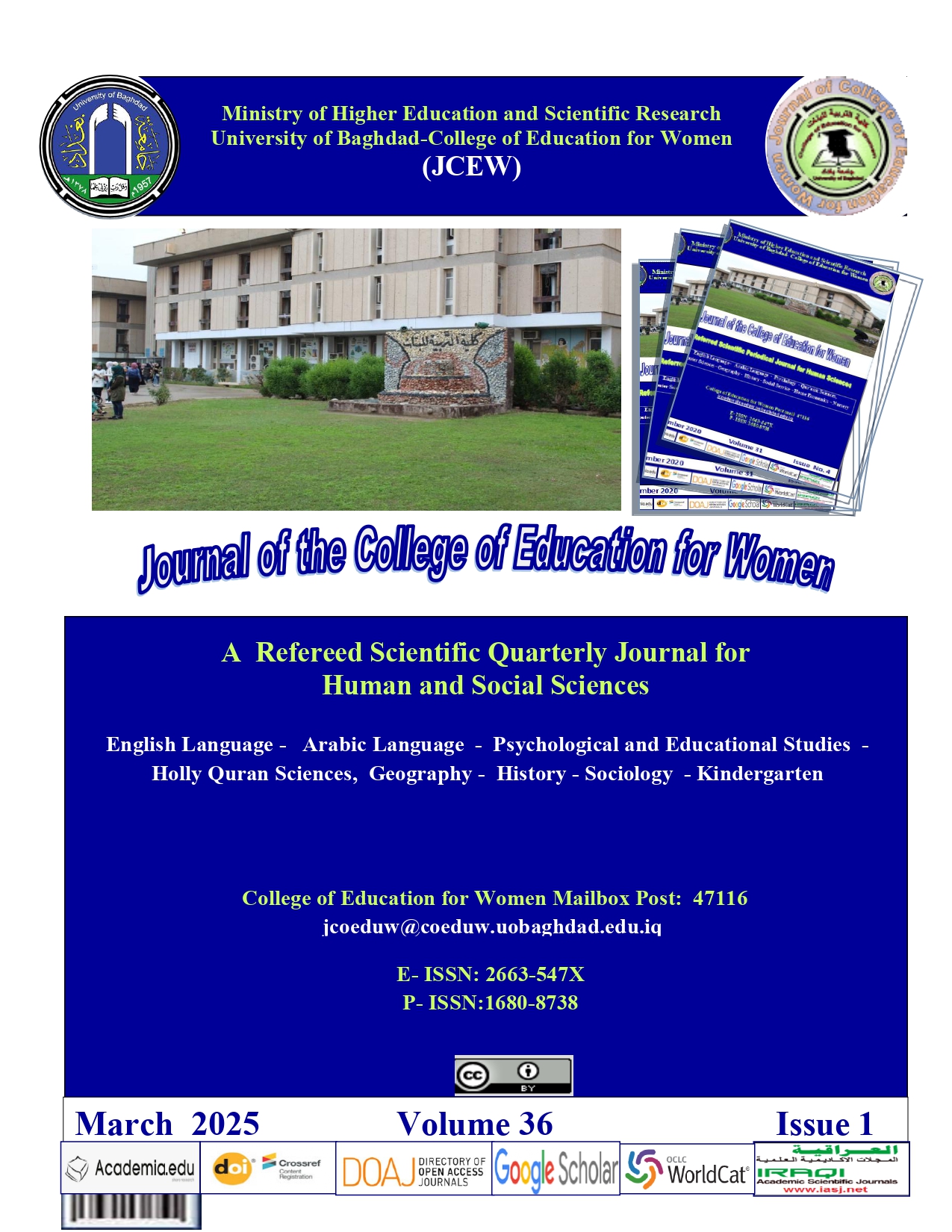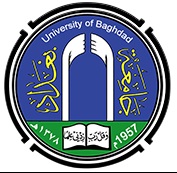Sustainability in the water supply in the city of Hilla
DOI:
https://doi.org/10.36231/coedw.v36i1.1792Keywords:
Water supply, Sustainability, Water supply quality, Water Quality Index (WQI), Physical and chemical properties of water, HillaAbstract
The supply of briquette water is sustainable when the water is of a quality and quantity that meets the needs of the city’s residents. To determine the quality of briquette water in the city of Hilla, the annual average of six chemical and physical characteristics of briquette water (pH, electrical conductivity, sulfates, dissolved solids, calcium, and total hardness) were compared. ) produced by water projects and complexes in the study area (the new Hilla project, the old Al-Tayara project, the Al-Tayara 1 and the Tayara 2), four of the properties had exceeded the permissible limit: electrical conductivity (1000 mg/L), sulfate (2500 mg/L). Dissolved solids (500 mg/L) and total hardness (500 mg/L). This is due to the high values of these characteristics in raw water, which comes from the Euphrates River, most of which are old projects and rely on traditional units that are not compatible with the development taking place in liquefaction water treatment techniques. As for the amount of water produced, from knowing the amount of water and the number of residents, it was found that there is a shortage of up to 207 liters/day per capita, as Iraqi standards set the per capita quota at 450 liters/day in city centers, and the product from projects is equal to 243 liters/day.
Downloads
Published
Issue
Section
License
![]()
All articles published in Journal of College of Education for Women are licensed under a Creative Commons Attribution 4.0 International License.











